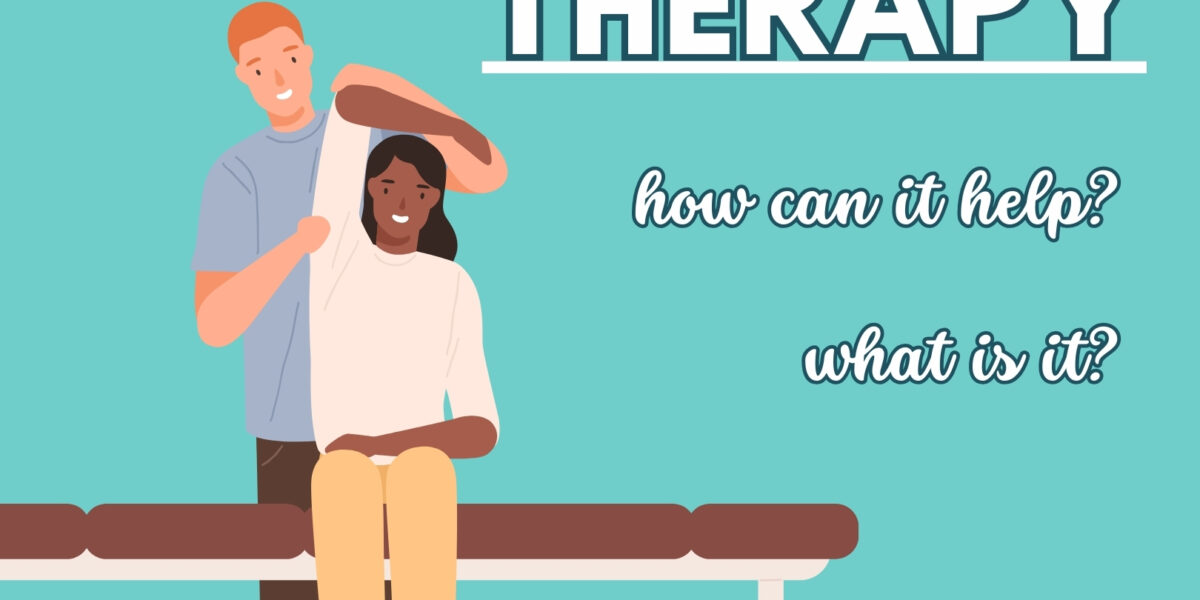 Massage therapy is one treatment commonly used to help alleviate pain, relieve stress, relax tight muscles, improve circulation and digestion, and rehabilitate bodily systems. This therapy is widely considered a ‘complementary’ or ‘alternative’ therapy, to be used in conjunction with – not in place of – conventional medical therapies.
Massage therapy is one treatment commonly used to help alleviate pain, relieve stress, relax tight muscles, improve circulation and digestion, and rehabilitate bodily systems. This therapy is widely considered a ‘complementary’ or ‘alternative’ therapy, to be used in conjunction with – not in place of – conventional medical therapies.
How Does Massage Therapy Work?
Massage therapy is a method of manually manipulating the body’s soft tissues (connective tissues, joints, ligaments, muscles, organs, skin, and tendons). There are hundreds of different massage therapy types, each of which has a slightly different focus.
How can it help?
The practice can provide physical, emotional and psychological benefits:
Physical benefits
 Promotes relaxation of the muscles and joints
Promotes relaxation of the muscles and joints- Increases blood flow/circulation
- Stretches atrophied muscles
- Improves range of motion
- Relieves pain
- Lowers blood pressure
- Increases pulmonary function
- Reduces heart rate
- Improves soreness/fatigue
- Reduces pain, bloating, gas and cramps
- Stimulates peristalsis; relieves constipation
- Stimulates the skin and sensory receptors
- Reduces swelling and inflammation
- Increases range of motion and flexibility
- Decreases joint stiffness
- Stimulates lymphatic system
- Decreases fibrous adhesions (from muscle injury or immobilization)
- Improves posture and muscle tone
- Reduces fluid retention and stimulates waste removal
Emotional benefits
- Promotes a sense of well-being and temporary peace of mind
- Assists in relaxation
- Encourages deep breathing
Psychological benefits
- Decreases anxiety and can assist with depression symptoms and stress
- Controls stress
- Regulates mood
Who provides massage therapy?
Massage therapy is conducted by a licensed massage therapist. Massage therapists must have a licencse, certification, or other formal credential as regulated within their individual state. They are often board certified by the National Certification Board for Therapeutic Massage and Bodywork (NCBTMB). They can also join the American Massage Therapy Association (AMTA), an organized body of massage therapists that provides continuing and further education for massage therapists.
Common certification acronyms for massage therapists include:
- LMT (Licensed massage therapist)
- LMP (Licensed massage practitioner)
- CMT (Certified massage therapist)
- NCTM (Licensed to practice therapeutic massage through the National Certification Board for Therapeutic Massage and Bodywork)
- NCTMB (Licensed to practice therapeutic massage and bodywork through the National Certification Board for Therapeutic Massage and Bodywork)
What goes into becoming a licensed massage therapist?
Students must have between 500-1,000 hours of training and education in order to gain a certificate, diploma or degree. Their classes may include, but are not limited to:
- Anatomy
- Physiology
- Kinesiology
- Pathology
- Assessment and treatment planning
- Business practice
- Ethics
- Body mechanics &
- Massage technique
After completing their degree requirements, they must become licensed in their respective state.
Where is massage therapy offered?
Licensed massage therapists can be found in a variety of professional settings, including chiropractors’ offices, spas, health care facilities, occupational settings, retail centers, sports centers and physical therapy offices. Prior to scheduling the first session, clients should chat with their potential new provider to clarify:
- How experienced their therapist is
- What massage types they offer
- How long sessions are
- The range of results their clients experience &
- Pricing
What to expect during your session
For information about what you can expect from a massage therapy session, please see the following expectation guide. Massage therapists provide strictly manual manipulation of soft tissues. They do not provide other services, such as nutritional counseling, medication prescription, psychotherapy, psychological counseling, or cosmetology.
Consult your doctor first
Before beginning massage therapy, clients should speak to their general medical doctor. There are certain circumstances under which massage therapy is not advised.
When is massage therapy not recommended?
Note that there should be a consultation with a medical professional prior to undertaking massage therapy, because there are some health conditions that can make massage therapy inadvisable or more risky, including:
- Blood disorders and hypertension
- Injuries and open wounds
- Infections, skin disease and rashes
- Recent surgery
- Cancer
- Direct pressure around tumors is not recommended
- Massage not recommended after chemotherapy or radiation treatment
- Some forms of massage can be safe if coordinated with medical professional
- Pregnancy
- Massage is not recommended during the first trimester or during high-risk pregnancies
- Wrist and ankle massage is not recommended because certain modalities may increase risk of premature labor
- A massage therapist certified in pregnancy is recommended
- Impaired perception and/or mental conditions
- Non-verbal individuals (require a system of communication in place to ensure massage is welcome and freely accepted)
Again, always consult with a medical professional before pursuing any complementary or alternative therapies.

